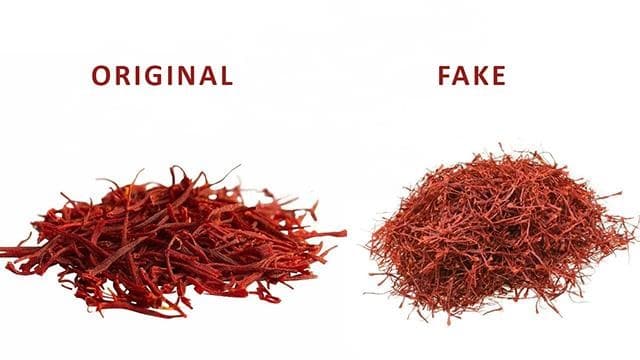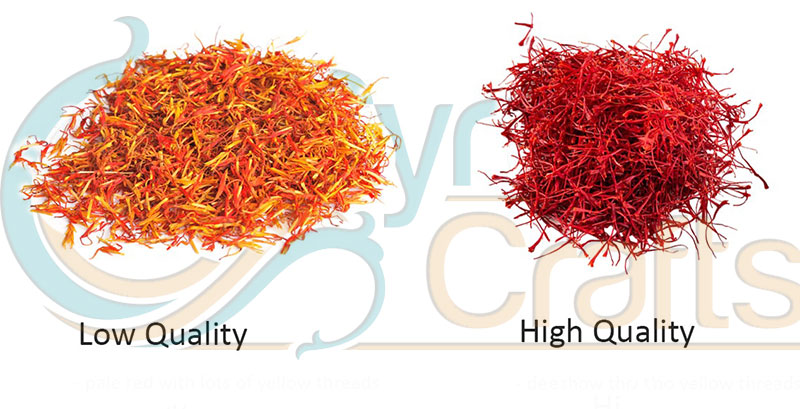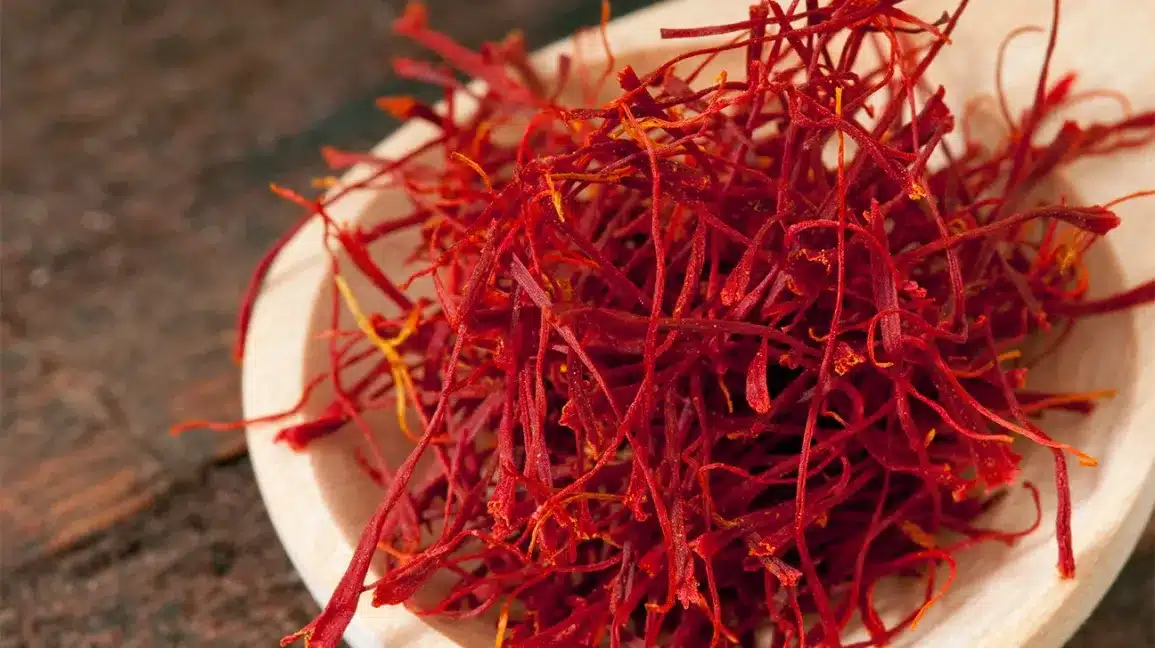Blog
How can you tell if saffron is pure?

Saffron is the world’s most expensive spice, and it’s also one of the oldest. The stigmas of its small, purple flowers have been used for centuries to add flavor and color to foods like paella and risotto. But it turns out that saffron isn’t just a pretty addition to your favorite dishes—it could be downright dangerous if you’re not careful about where you buy it. That’s because some sellers are passing off cheaper products as high-quality saffron from places like Iran or Spain that actually cost upwards of $500 per pound (that’s almost $1,000 per kilogram). To help make sure you don’t get duped into buying fake saffron with no flavor or aroma at all (or worse), here are some tips on what makes an authentic package look so good:
A good rule of thumb is that the less packaging and fresher the saffron is, the better.
A good rule of thumb is that the less packaging and fresher the saffron is, the better. The fresher it is, the more vivid its color will be. If you’re buying it in bulk at a store or online, check out how long ago it was packaged by looking at its expiration date on its label.
In general, when shopping for any kind of spice (like cinnamon or turmeric), aim for smaller amounts with fewer ingredients listed on their packaging–you’ll know that item has been kept fresh and hasn’t been sitting around too long before being sold off to customers like yourself!
Look for bright red or orange stigmas.
- Look for bright red or orange stigmas. Saffron is a bright red or orange color, so if your saffron looks dull, faded or brown in color it is not pure.
- Check the dryness of your saffron. Pure saffron should be dry and brittle, not wet and sticky (this can be an indication that it has been artificially dyed).
- Avoid saffron that has a strong smell: If your sample smells like hay or grass then this could mean that it has been artificially flavored with turmeric powder by unscrupulous sellers trying to pass off their product as genuine saffron
Avoid packaged saffrons that are broken, shriveled and missing their stigmas.
The stigmas of the saffron crocus can be removed from the flower and dried to make what we know as saffron. Saffron has been used for centuries for its medicinal properties, as well as its flavor and color. But how do you know if your saffron is pure?
If your packaged saffron looks broken or shriveled, it may be fake. If the stigmas (the red parts) are missing, then it’s likely not real either! If the packaging doesn’t look fresh or new–or if there is any discoloration in any part of your package–then consider buying elsewhere next time!
Examine the bottom of the container.
You can also look at the bottom of the container. If it’s made of plastic, your saffron is probably fake. If it’s made of metal, it’s probably real.
If you think you’ve got a fake, it’s best to throw it out and get another package
If you think you’ve got a fake, it’s best to throw it out and get another package. You can’t tell by looking at the package because most fakes are packaged very carefully so that they look like the real thing. If you still have doubts about whether or not your saffron is real after getting another package from a different source, throw it out and get yet another one!
Buying saffron is a tricky business, but the good news is that there are some simple ways to tell if your saffron is pure. First, look for bright red or orange stigmas in each flower head. Next, examine the bottom of your container for any signs of tampering or artificial coloring (like red food dye). Finally, if you think you’ve got a fake on your hands–throw it out!





“Snacking made divine! These dry fruits are a game-changer.”
viagra 1 tablet price
Your blog has helped me see [insert topic] in a whole new light. Thank you for broadening my perspective.
I appreciate the practical tips and real-world examples you include. This blog is a fantastic resource for anyone looking to improve their skills.
Excellent content! Your advice on work-life balance is very helpful.